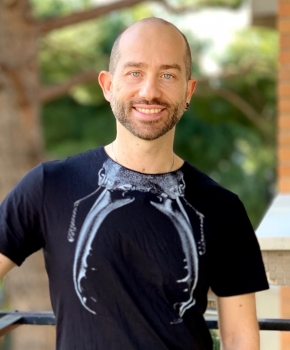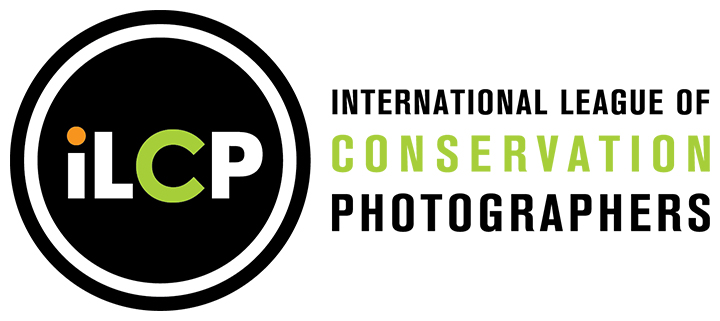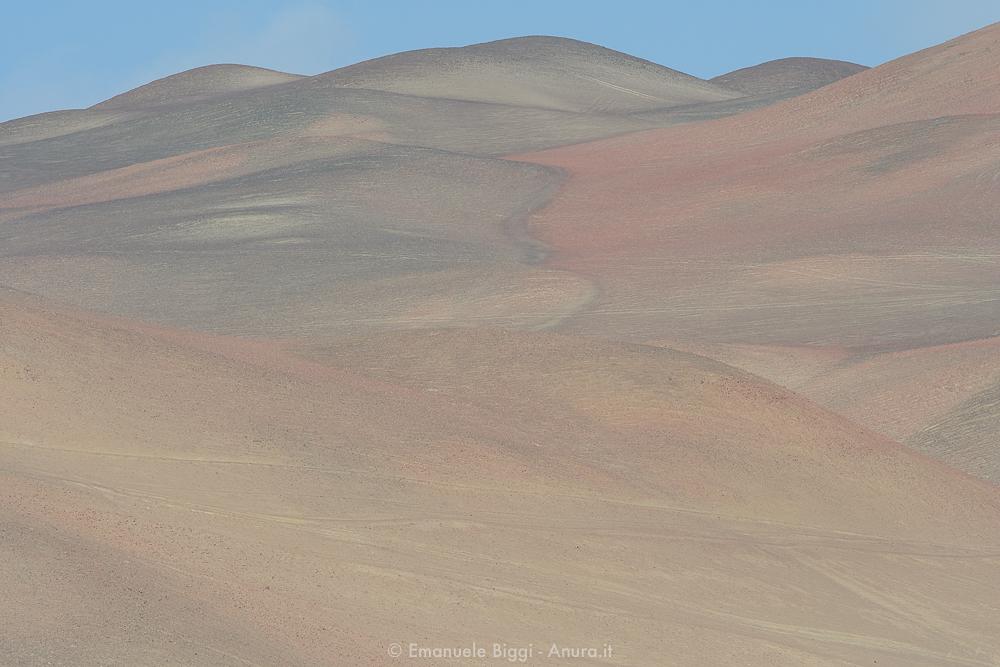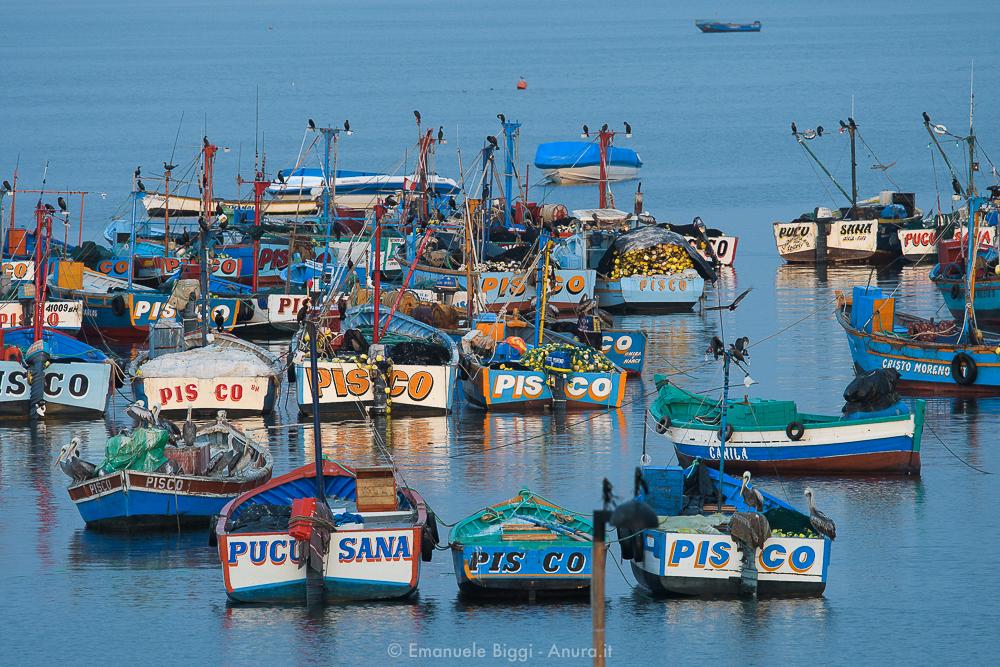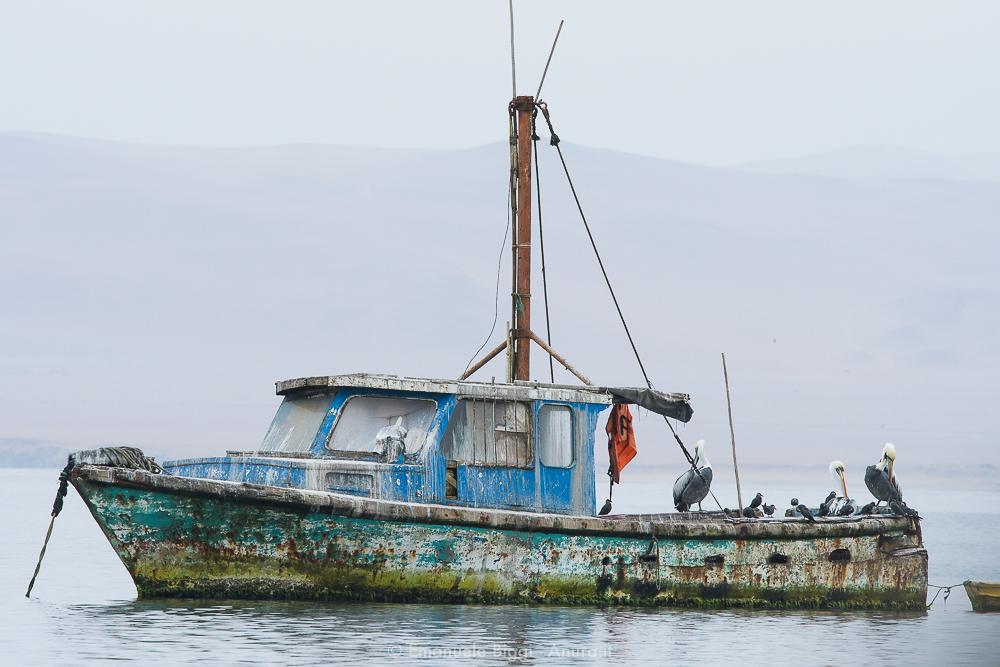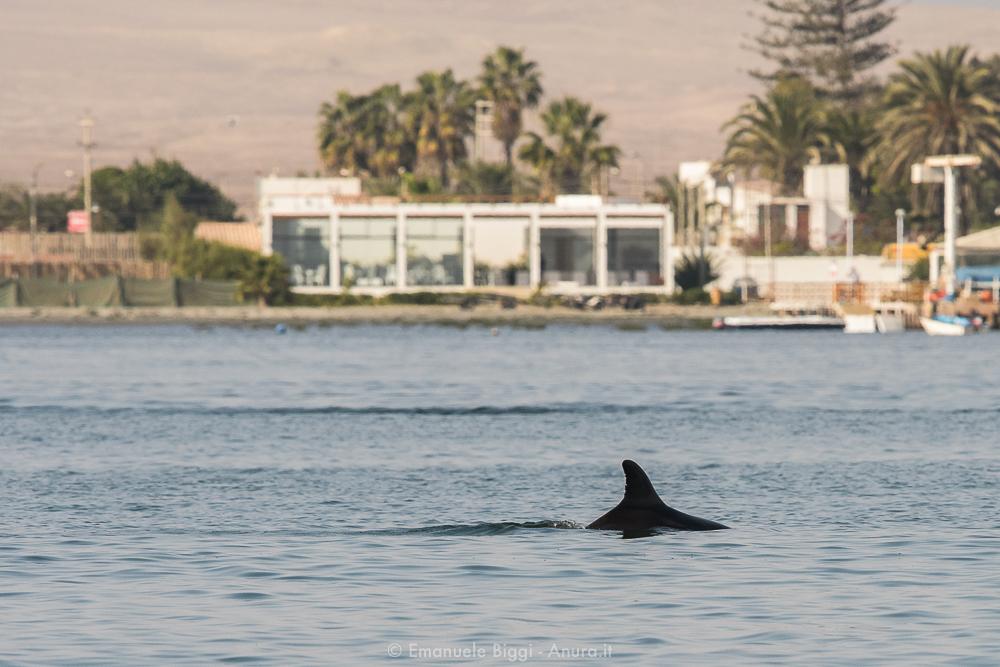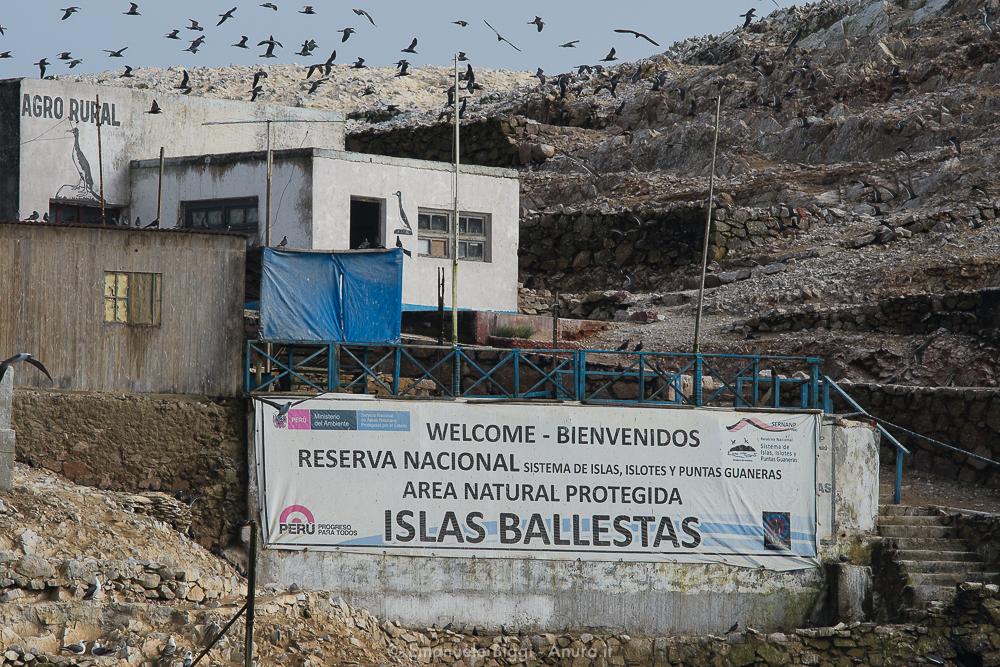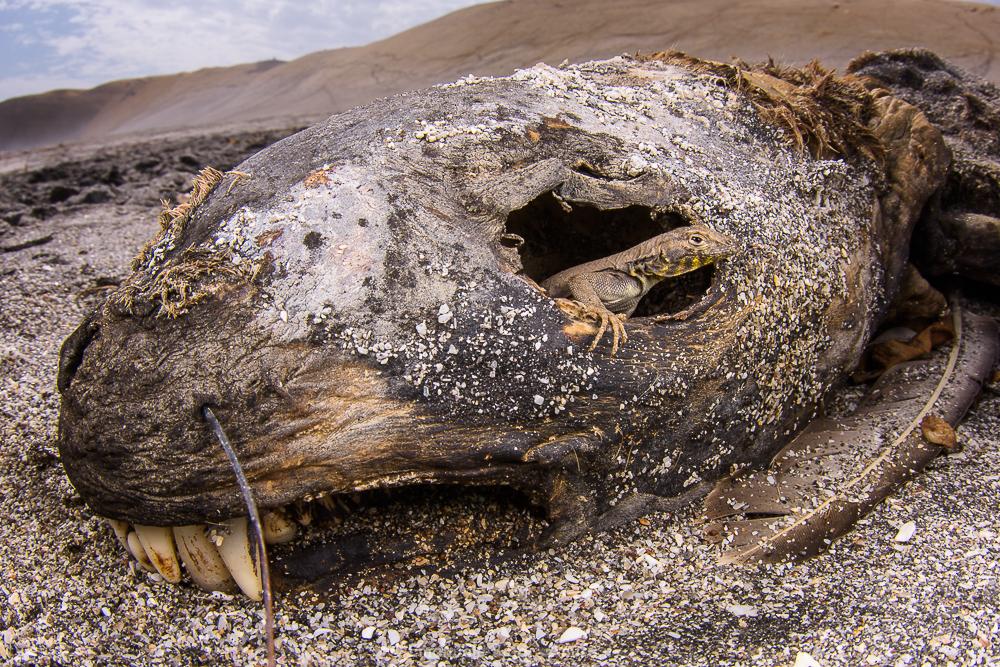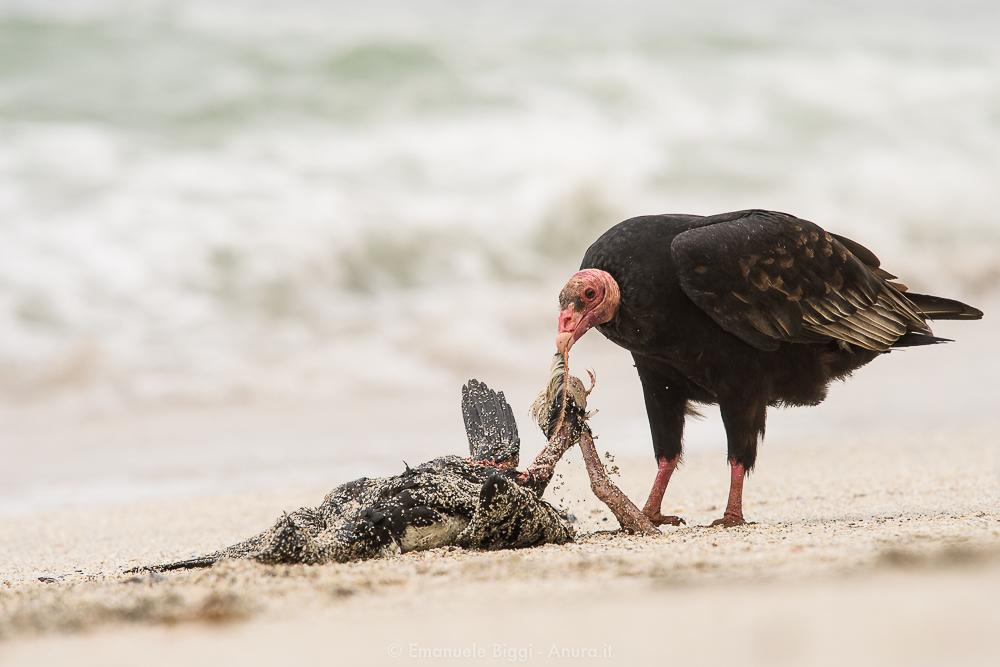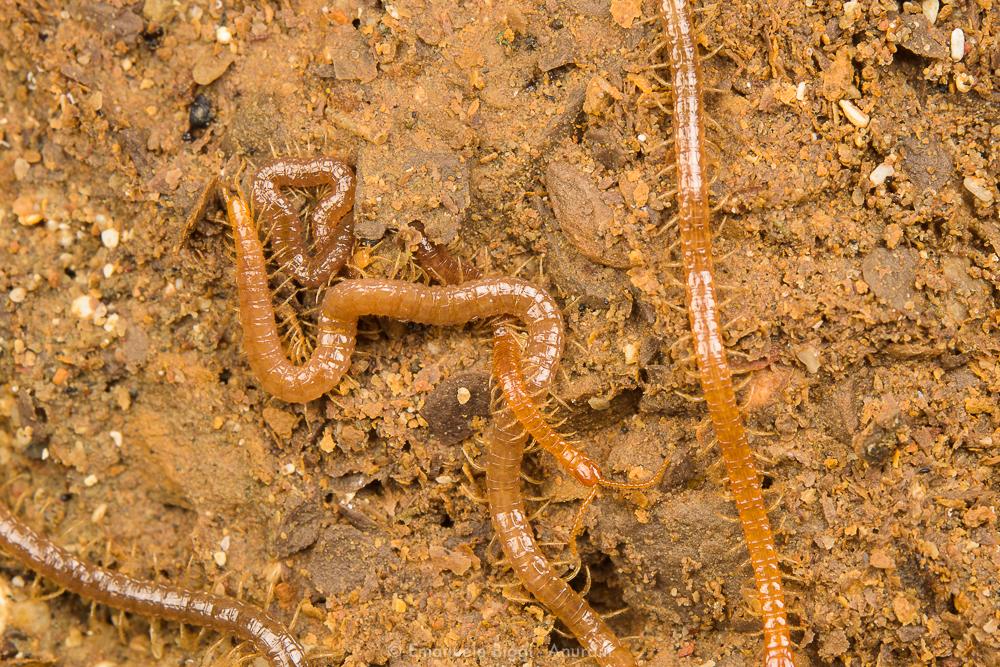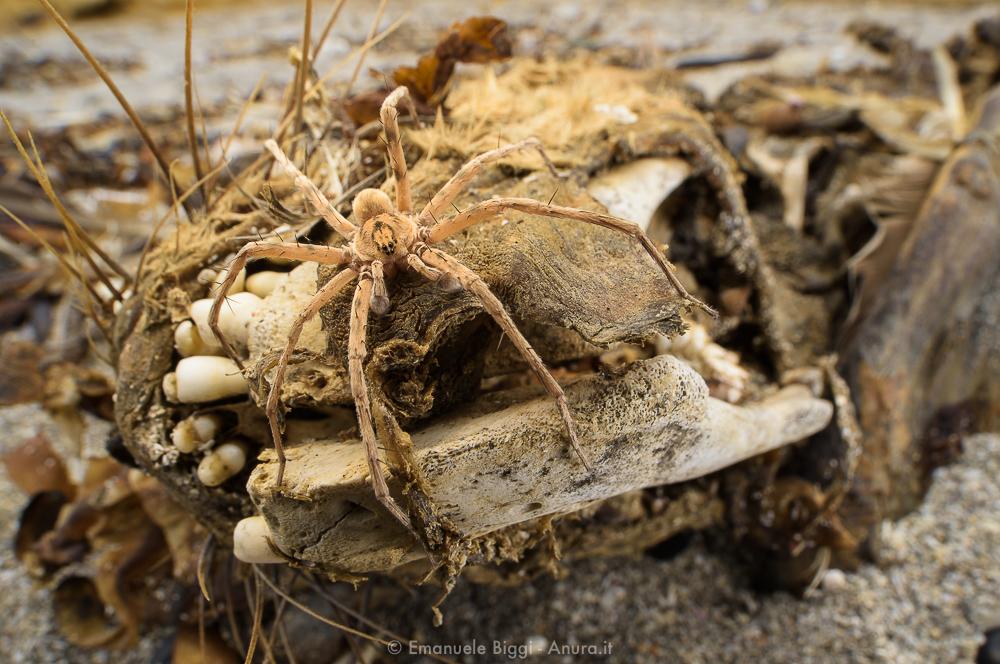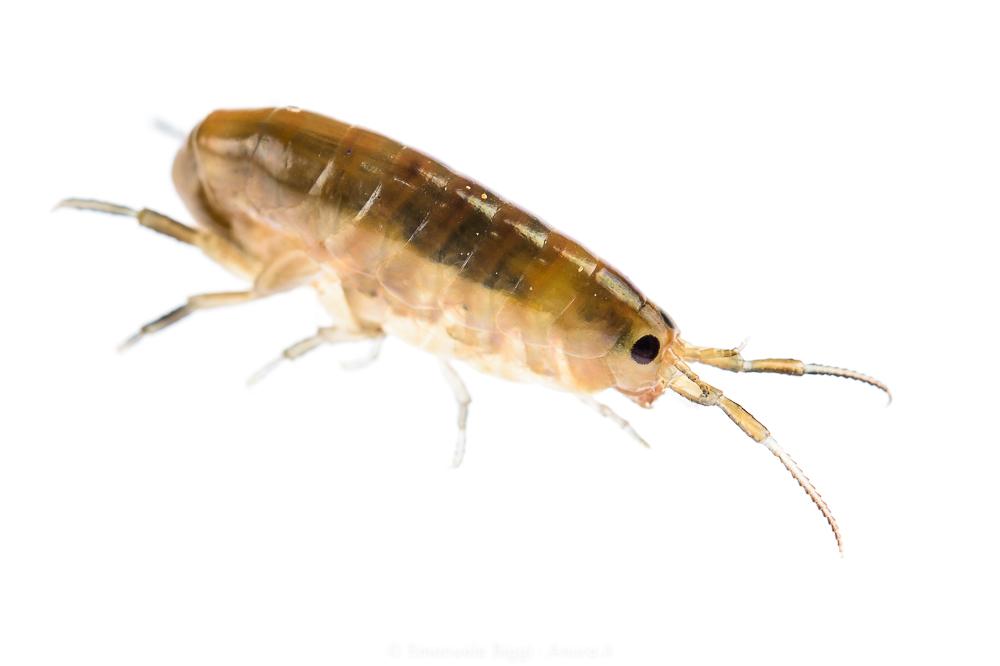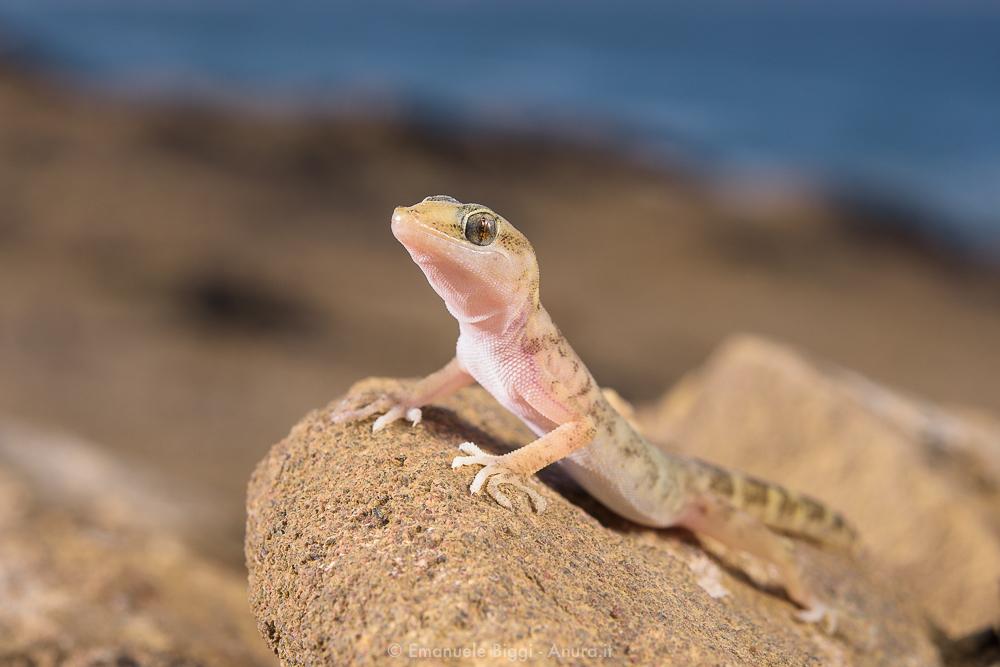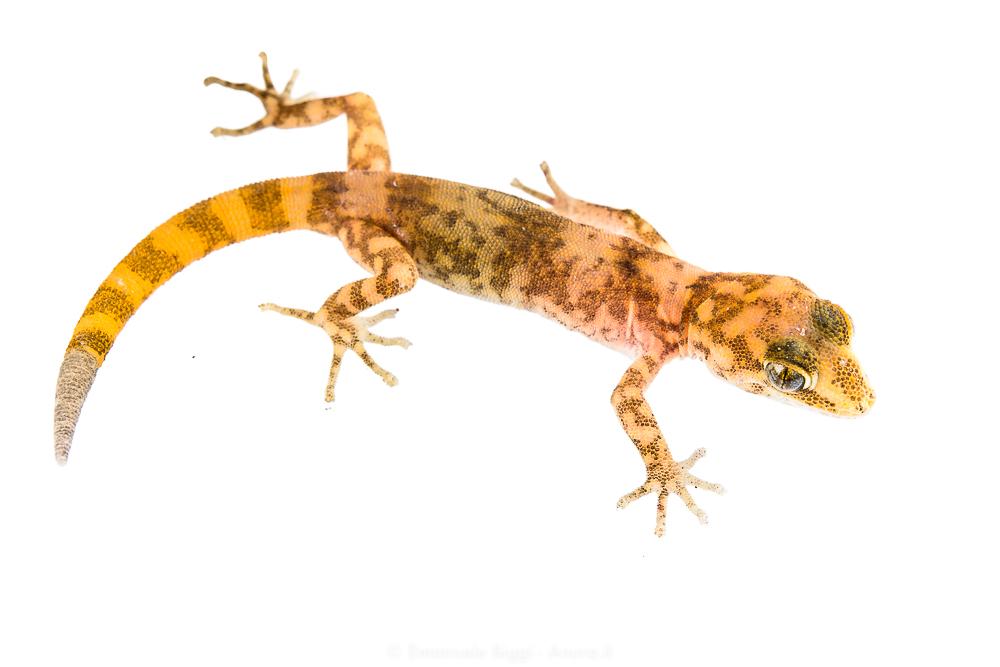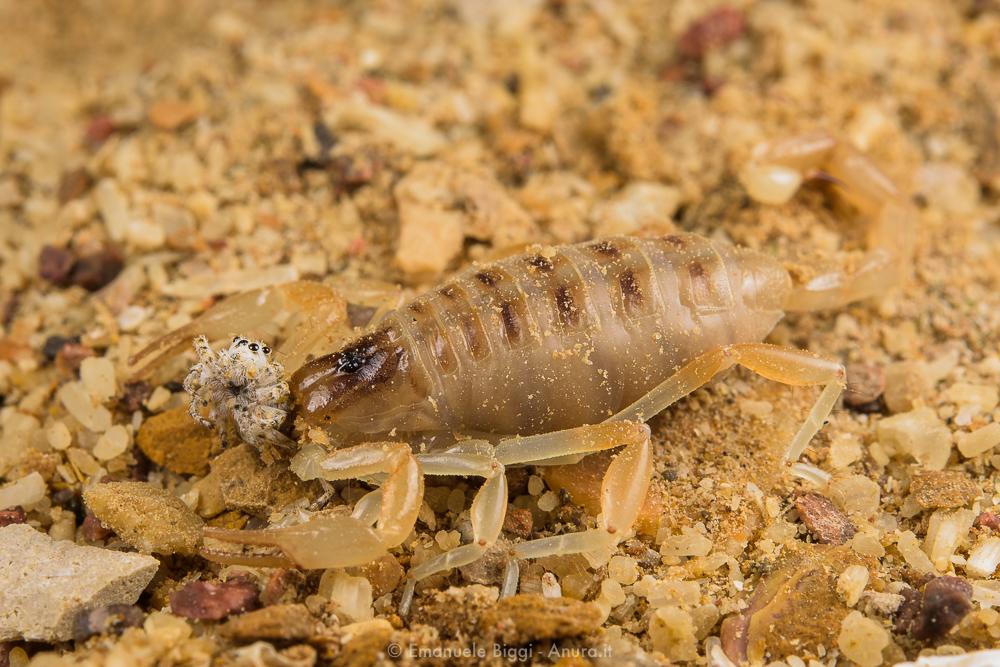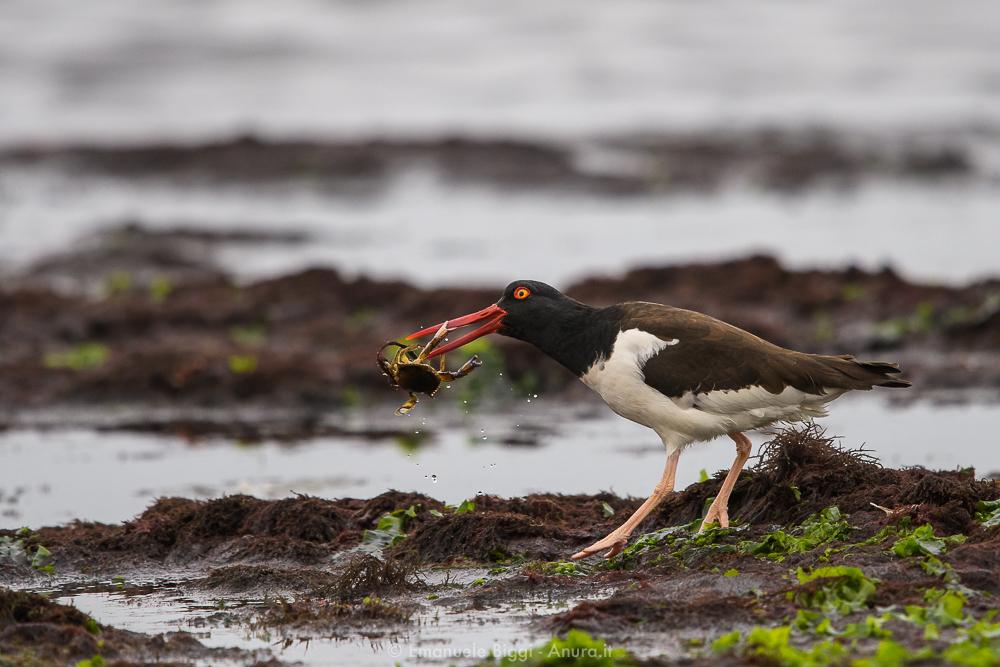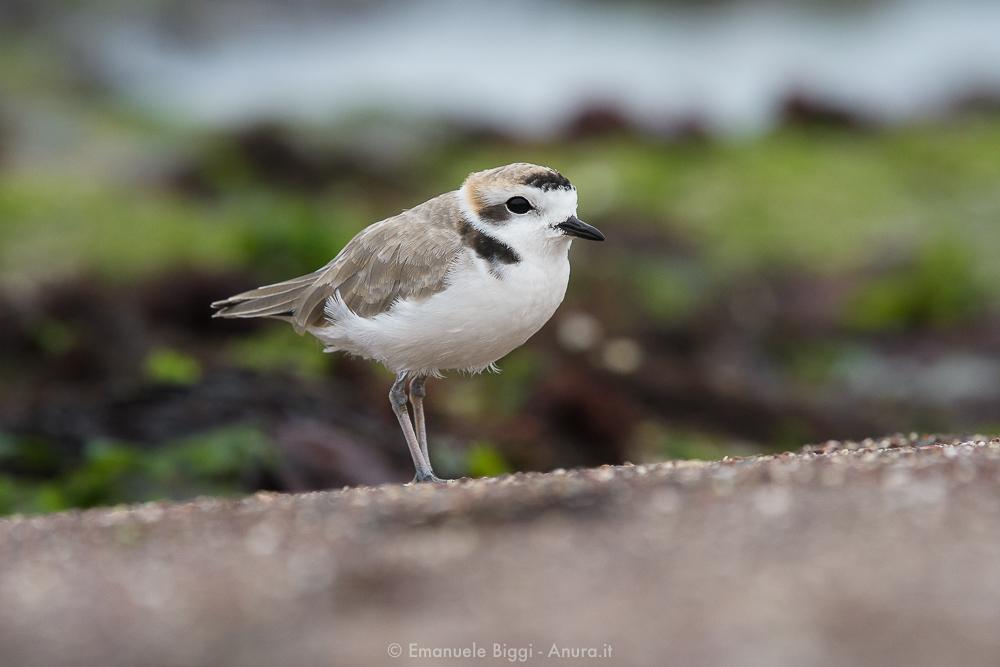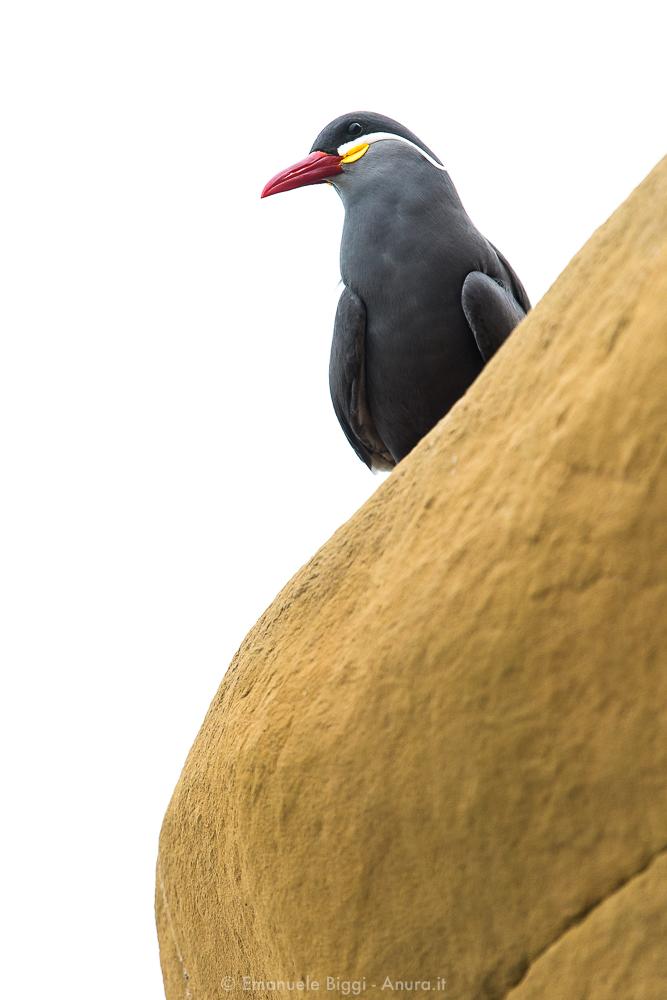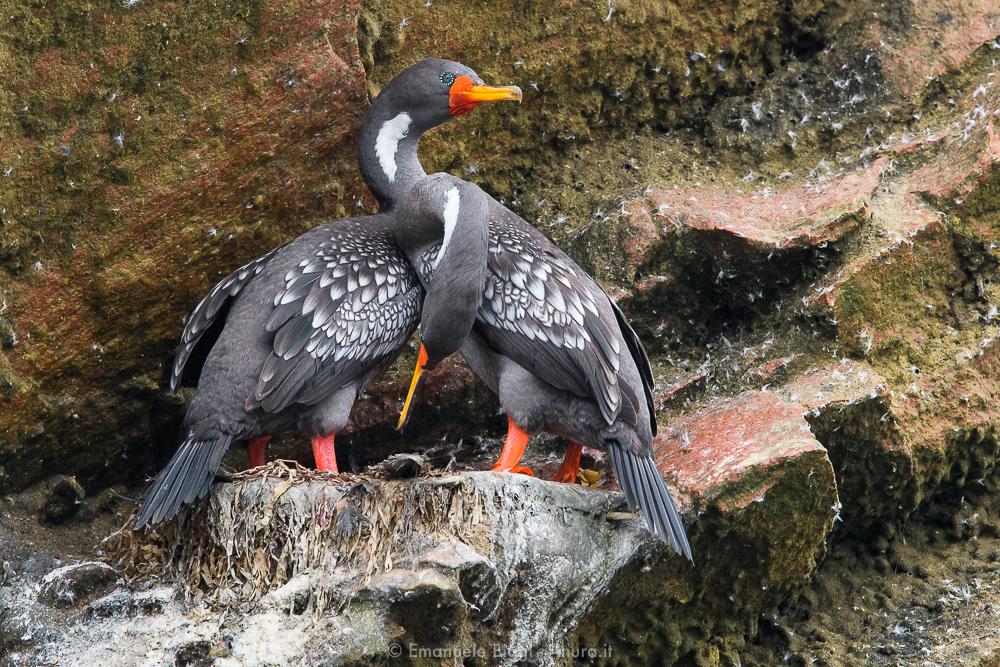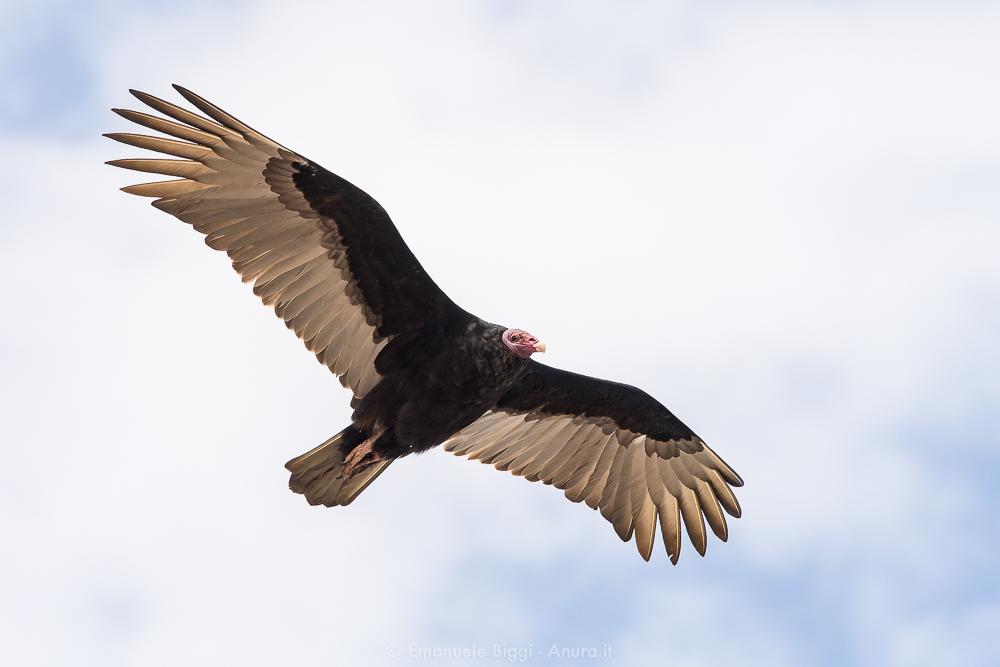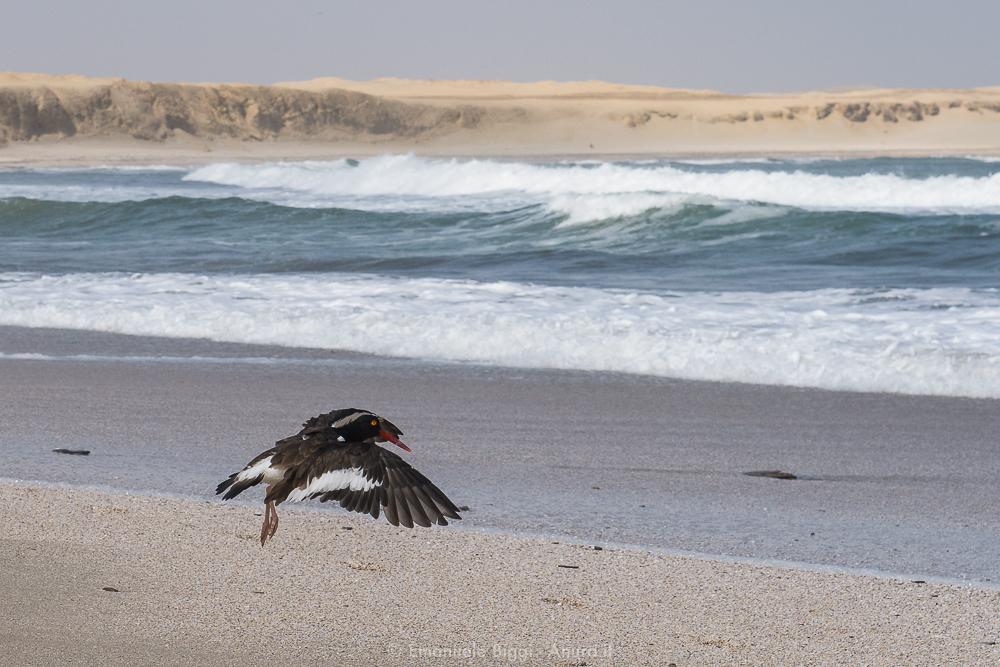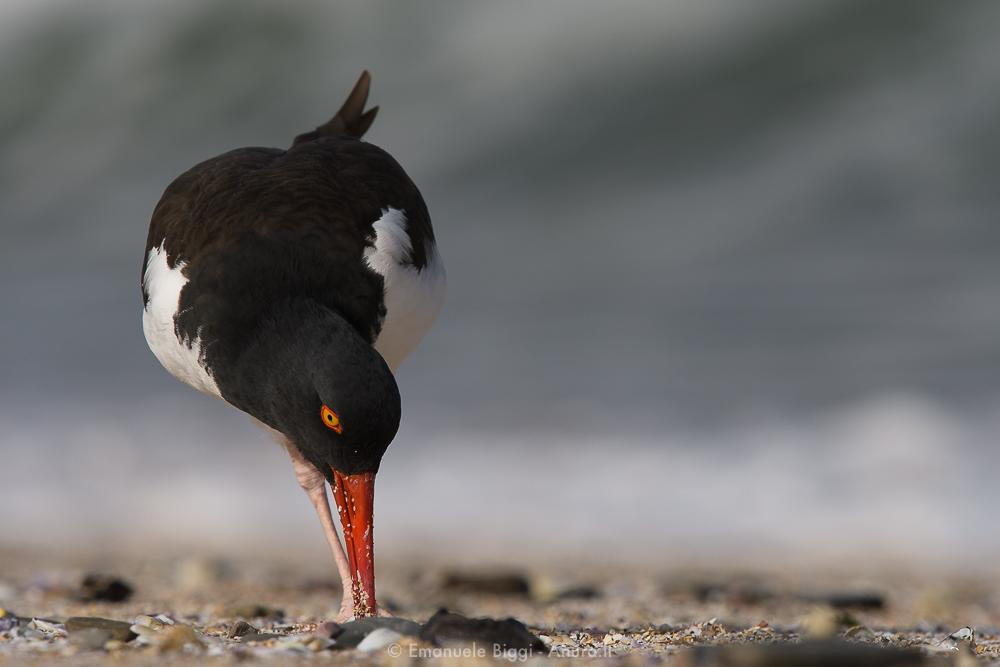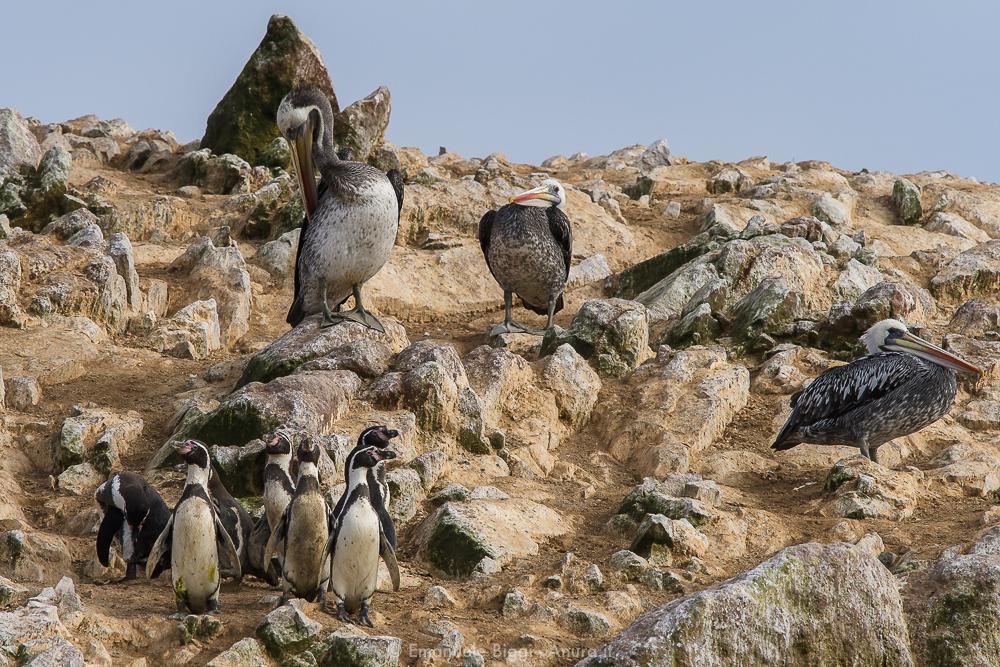At the arrival to the town of Paracas it’s obvious to a untrained eye that you’re among a barren land, a desert in a true form, no life except human settlements. After just a few minutes that untrained eye begins its data loading, registering tens, perhaps hundreds of birds along the beach, thousands of ghost crabs on the sand, maybe even some sea lions (both dead and living). But it’s when you start visiting deeply the Paracas Reserve that all becomes clear if you’re lucky enough to have the proper guide as I had.
I’ve been to Paracas at least three times in different occasions, and each time I found new species, new life to document that extremely odd ecological niche made of food coming from the sea. I was lucky enough to have Prof. Alessandro Catenazzi from the Florida International University of Miami with me in one occasion. He lived years inside this land for his Ph.D thesis and knows very well the complex web of life that live this sandy and rocky place.
Energy for life here comes from the sea in form of tiny marine Amphipods and large dead sea lions. It’s the ocean that feed the desert at first. There are almost no terrestrial plants in Paracas. All terrestrial life feeds on what comes from the sea at first, like the tiny beetles that consume the sea lions carcasses. Then they’re eaten by lizard, geckos, scorpions, spiders and so on. These little predators are then preyed by bigger predators like birds or Peruvian foxes.
I focused on the smaller life of this desert, the unknown little jewels that make this place unique on the Earth.
Here’s a selection of the images I shot during my various stays there.
